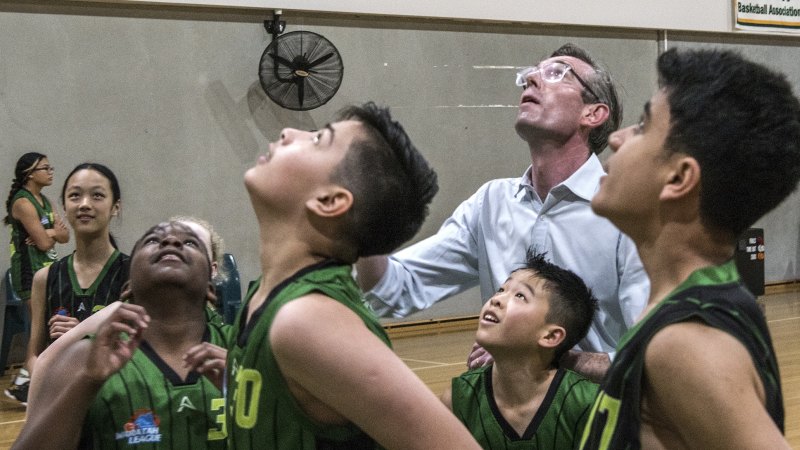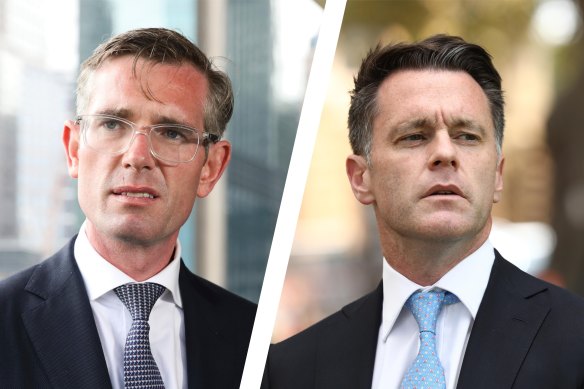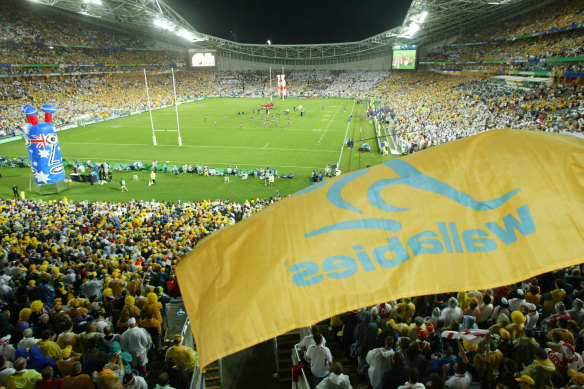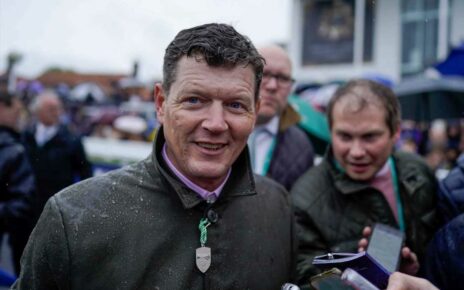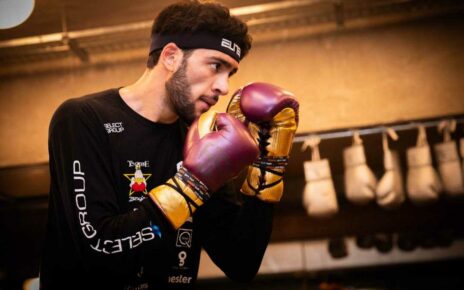A freeze on stadium spending will follow the March 25 NSW election, irrespective of a Coalition or Labor victory, with both sides of politics committing to investment in grassroots sport despite the risk of losing major international events and elite athletes to Queensland and Victoria.
Both states are investing heavily in sporting infrastructure and elite athlete services ahead of the Brisbane Olympics in 2032 and the Commonwealth Games in regional Victoria in 2026. Meanwhile, the two-decade long failure to reconfigure the Olympic stadium at Homebush may cost Sydney opportunities to host big matches, including the final of the 2027 Rugby World Cup.
Dominic Perrottet’s NSW government supports the NRL’s push for suburban stadiums but is committed only to a $300 million upgrade of the Penrith stadium, with the NSW Minister for Sport, Alister Henskens, saying, “The NSW Liberal and Nationals Government has invested significantly in both community and major sporting infrastructure across the state and remains committed to upgrading suburban stadiums however following recent natural disasters and the COVID-19 pandemic, it is appropriate that further investment in stadia is staged.”
NSW Labor leader Chris Minns said, “While we have not committed to additional stadium expenditure ahead of the election, if elected we will work with the local and international sporting bodies to see what we can do to make sure more major events keep coming to Sydney.”
Allied with the loss of events to Queensland and Victoria is a potential migration of elite NSW athletes to these states.
With the devolution of the Australian Institute of Sport in Canberra, state governments have ratcheted up their spending on their national training centres, making them more attractive to athletes in the Olympic disciplines, particularly swimming and track and field.
NSW Premier Dominic Perrottet and Opposition Leader Chris Minns.Credit:Renee Nowytarger, Dominic Lorrimer
The NSW Institute of Sport receives an annual grant of $16.1 million for 450 athletes. On a per capita basis, this translates to $1.96, while the Queensland Government outlays nearly double this amount ($29.6m) for a per capita payment of $5.65.
While the per capita spend on the Victorian Institute of Sport’s 400 athletes of $2.11 is only marginally better than NSW, the Victorian government will spend $2.5 billion on infrastructure across four Commonwealth Games hubs in the state.
“We are cognisant of the need to support NSW athletes,” Minns said. “Local athletes should not feel the need to move interstate to pursue sporting careers.”
However, in addition to NSWIS funding, the Perrottet government is supporting young athletes and Olympic hopefuls in regional and rural areas through Regional Academies of Sport.
Homebush’s Olympic Stadium has barely been touched since hosting the Rugby World Cup final in 2003 and two decades on Sydney is at risk of missing out on the 2027 decider.Credit:Fiona-Lee Quimby
“In June 2022 we increased annual funding to $3.7 million for the academies and in January 2023 they received a further $1.4 million in the lead up to Victoria 2026 and Brisbane 2032,” Henskens said.
“We scored a world-first earlier this year with NSW’s seven Sports High Schools officially becoming ‘Australian Olympic Pathway Schools’. This reflects the great strength of our sports high school network, and their track record in fostering both sporting high performance and academic achievement.”
The other states do not have a similar network of sports high schools and Labor will add an eighth school. However, with Queensland actively seeking to locate national training centres in the state, it begs the question: where will NSW athletes go when they leave school?
“NSWIS is the leading institute in the country and this (reputation) has been achieved with strong NSW government support,” NSWIS chair Gary Flowers said. “The next decade provides an unparalleled opportunity for elite sport in Australia with both the Commonwealth and Olympic Games in Australia. With this opportunity comes increased competition amongst the states and in order to maintain this position as the premier institute, NSWIS will face inevitable funding challenges.”
Both the Coalition and Labor prefer to promote their credentials in grassroots sport, while deriding their opponents.
“This year alone, the NSW Liberal and Nationals Government has invested over $943 million in community sport infrastructure and programs, including through programs like WestInvest and the nation-leading Active Kids program,” Henskens said. “By comparison, Labor in their last full year in office only spent $22.6 million on sport and recreation.”
Minns said, “NSW Labor has committed to increasing the funding for Sport NSW and its constituent State Sporting Organisations (SSO) to help end the chronic underfunding of community sport in NSW.
“A November 2022 report from Sport NSW found community sport organisations are still receiving the same level of funding today as they were when Sydney staged the Olympics in 2000 – over two decades ago.”
Sports news, results and expert commentary. Sign up for our Sport newsletter.
Most Viewed in Sport
From our partners
Source: Read Full Article
